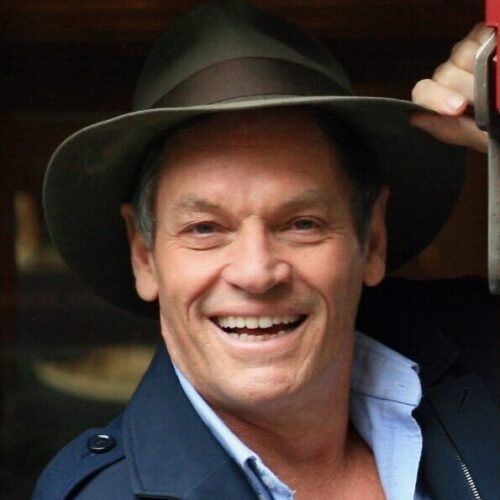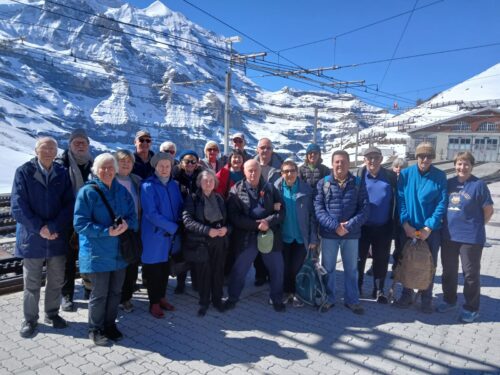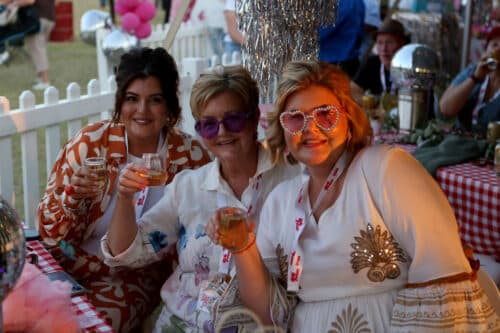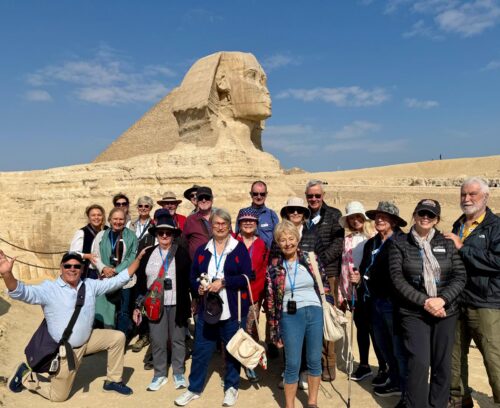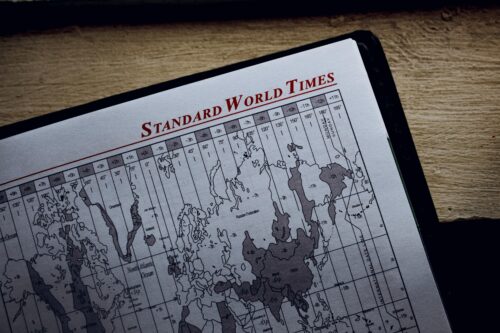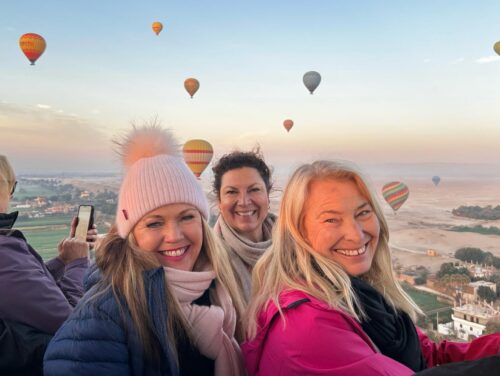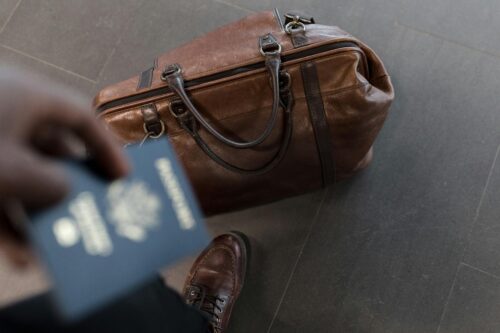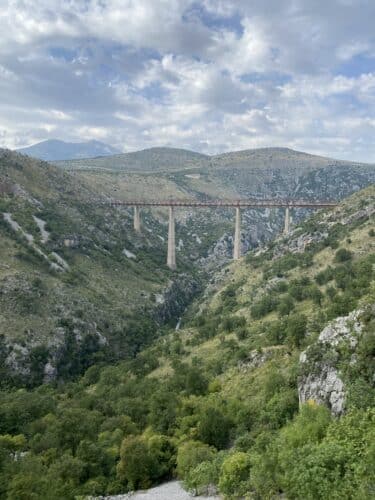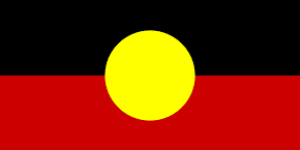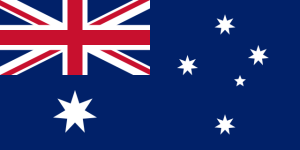Scott’s recent suggestion to host a tour to Scandinavia in the heart of an Arctic winter has captured our imagination. The research we’ve been doing to build the tour has unlocked a collection of interesting stories and truly unique elements which we thought we’d like to share. “I have never done a tour quite like this before!”, Scott said.
Husky sled safari, Sweden
THE AURORA BOREALIS
Mankind has always revered the wonders of nature, and the mystical display of The Aurora Borealis has captured imaginations for eternity. Scientifically speaking, this phenomenon can be explained as collisions between electrically charged particles from the sun entering the earth’s atmosphere. Each different gaseous particle displays a different colour. The most common (a vibrant yellowish-green) is produced by oxygen molecules. Rare, all-red auroras are produced by high-altitude oxygen, and nitrogen produces a blue or purplish-red hue.
The lights are seen above the magnetic poles of the northern and southern hemispheres, with ‘Aurora borealis’, the lights of the northern hemisphere, meaning ‘dawn of the north’.
The Aurora Borealis
THE HISTORY OF THE LIGHTS
The Northern Lights have astounded us for centuries; an impossibly surreal phenomenon interpreted differently by cultures all over the world.
In medieval times, the lights were viewed as heralds of war or famine, while the Maori of New Zealand shared a belief with many people of northern Europe and America: that the lights were reflections from torches or campfires. Alaskans believed the lights were the spirits of the animals they had hunted: seals, salmon, deer and beluga whales. And similarly, some Aboriginal peoples believed that the lights were the spirits of their people.

Lofoten Islands, Norway
One of my favourite interpretations is the Sami people of northern Scandinavia’s belief that the lights were created by the spume of water ejected from a whale! We’ll meet these intriguing Sami people on our tour, and learn about their communities, traditions and history.
HOW BEST TO VIEW THE LIGHTS- THERE’S METHOD TO OUR MADNESS!
Conditions are not always conductive to a great spectacle, with the solar activity, weather, ambient light, phases of the moon and time of year all affecting the strength of the display. A trip planned around a new moon is said to have a better chance of seeing the lights. Winter and Spring are known to be the best times to visit, as the nights are longer, and there is less cloud than the Autumn months.
We’ve planned the dates of your tour with these variables in mind, incorporating numerous opportunities to view the northern sky in different locations, whether on board a ship on the Arctic Sea, in the heart of Lapland, nestled in the Ice Hotel in northern Sweden or on the coast at Tromsø. Departing in March, the tour will take place in early Scandinavian Spring; when the nights are still long and there is a minimal amount of cloud.
The Ice Hotel, Sweden
WINTER WONDERLAND- OUR MOST SPECTACULAR AND CHILLY TOUR FOR 2018
One of the seven natural wonders of the world for good reason, ‘Natures Fireworks’ attract travelers from all over, all hoping to experience this rare and spectacular phenomenon. Join Scott on our 2018 Winter Wonderland tour, traversing arctic Sweden and Norway and exploring the highlights of these atmospheric, historic and scenic destinations.
Discover the iconic cities of Stockholm, Tromso and Trondheim, stay in the renowned Ice Hotel in Sweden, travel comfortably through breathtaking winter countryside, sail through Norwegian waters on the Hurtigruten ship, and enjoy numerous opportunities to experience one of the Worlds most famous phenomenon’s; The Northern Lights.
Flam Railway.
More info and brochures will be available soon! Check out our other tours on offer and stay tuned- https://railwayadventures.travel/
